Portable power stations are a godsend for family camping. They’re small and lightweight enough that outdoor enthusiasts can bring them into the wilderness, but powerful enough to keep all their devices charged and connected.
This blog post will take a look at what outdoor portable power stations are and how they work. Also, it will discuss some factors to consider when purchasing one and cover some of the most popular types available in the market.
Table of Contents
A market driven by the demand for uninterrupted power
What is an outdoor portable power station?
But how does a portable power station work?
The benefits of portable power stations for family camping
How to choose the right portable power station?
3 outdoor portable power stations for family camping
Portable power stations can change the camping experience
A market driven by the demand for uninterrupted power
Whether it’s a smartphone, laptop, or tablet, we’ve grown accustomed to being able to take our smart electronic devices with us wherever we go. As a result, there has been an increase in the demand for uninterrupted power.
According to a report published by Markets and Markets, the portable power station market is expected to grow from USD 358 million in 2021 to USD 494 million by 2026, at a CAGR of 6.7%. But before jumping in and sourcing these power units, we first need to understand what they are and how they work.
What is an outdoor portable power station?
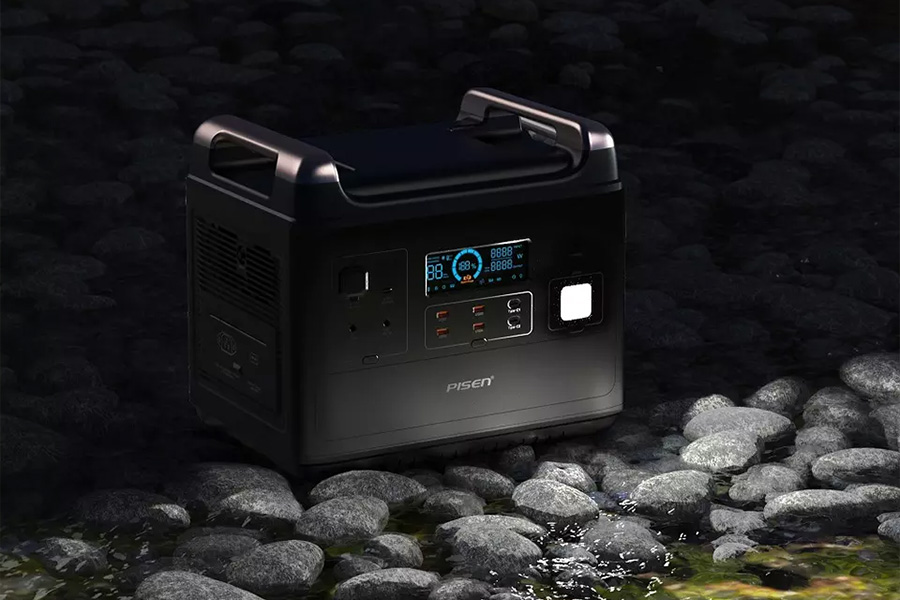
Portable power stations are small, self-contained units that can be used to power electronic devices, from smartphones and laptops to appliances such as fans and coolers, in locations where there is no access to a traditional electrical outlet. The main component of these power-storing devices is the battery, which determines how much energy they can store and how long they’ll last before needing to be recharged again.
They can be used for outdoor activities such as camping, hiking, and trekking. Some people buy them as backup power sources in case of power outages in their homes or offices. Others use them as portable charging stations for their work gadgets when they’re at construction or building sites.
But if all they do is store energy, then what’s the difference between a portable power station and a regular power bank?
Well, a power bank is small, lightweight, and mobile—perfect for charging small devices or keeping the smartphone alive while taking pictures during an adventure. A portable power station, on the other hand, has much more capacity and various outlets (AC, DC, and even type-C ports), making it ideal for powering multiple electronic devices at once. It also has a higher power output, which means it can charge and power anything from lighting systems, water pumps, and entertainment equipment to small refrigerators or even an air conditioning unit.
But how does a portable power station work?
The first step in understanding how a portable power station works is to understand what’s inside one. Here’s a quick rundown of the main components:
Battery
Batteries are the heart of any outdoor portable power station. They store energy, which is generated either via electrical outlets or solar panels so that it can be used to keep the gear charged up whenever and wherever needed.
Battery management system
A battery management system keeps an eye on the health of the battery while it’s charging, preventing overcharging and discharging. It also helps regulate voltage levels and prevents short circuits.
Inverter
An inverter is also included with most portable power stations. This component converts AC (alternating current) into DC (direct current) and back again as needed. It makes it possible for users to plug in any device that uses standard household circuits!
Control panel
The power station also comes with a control panel that provides useful information like remaining time on a charge, total wattage being used by all connected devices, and maximum wattage allowed per device.
The benefits of portable power stations for family camping
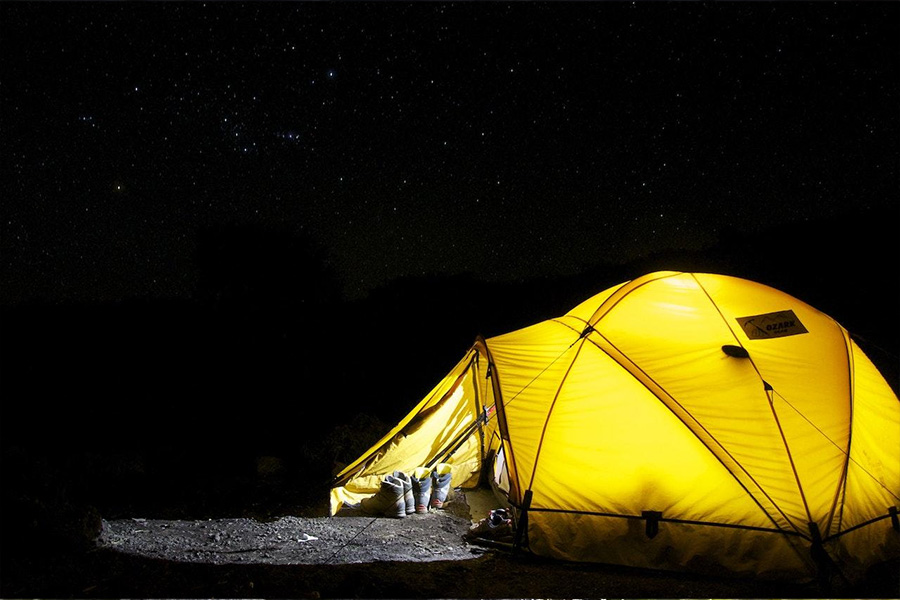
Having an outdoor power station can be a lifesaver during family camping trips. These portable stations allow each member of the group to charge their devices simultaneously, without having to fight over outlets or get tangled up in wires. So without further ado, here are 5 reasons why portable power stations are ideal for outdoor trips.
Easy to operate
The best part about using a portable power station is that it’s so simple and user-friendly; just plug it in and go! Users don’t have to worry about complicated wiring or installation processes, as these units require little maintenance beyond cleaning and replacing batteries when needed.
Safe and portable
Portable power stations are lightweight and compact, and some outdoor models even have wheeled designs, making them easy to lift and bring on a trip. And because they’re battery-operated, they don’t use any energy from the vehicle—they’re completely self-sufficient.
They’re efficient
Unlike traditional generators, which produce noise and fumes (and require gas), portable power stations run quietly on batteries—which means no fuel is required!
They can be charged in many ways
Portable power stations can be charged through multiple different methods including USB, solar panels, and standard AC outlets at home or a campground. This means that camping enthusiasts don’t have to worry about running out of juice for their devices, even if they’re away from civilization for several days.
How to choose the right portable power station?
Choosing the right power station can be a challenge. Users must make sure they have enough power to keep their devices running, but they also don’t want to lug around a giant power station. Here are a few factors to consider before clicking the purchase button:
Power capacity
To start, buyers need to know how many watts-hour (Wh) of power they need for their devices. The higher the wattage needed, the bigger and heavier the portable power station will be. But if users only need to power low-demand devices like flashlights and cell phones, then a smaller unit may work just fine for them.
For example, if a family plans on camping for the weekend and needs to power up their radio (5 watts per hour), 5 smartphones (about 30 watts per hour), and an iceless cooler (50 watts per hour) for a straight 8 hours a day, then their needed power output would be:
(5W + 30W + 50W) x 8h x 2 (days) = 1,360 Wh
Taking into account the fact that batteries lose about 15-20% of their capacity and degrade over time, a 1500W camper system can provide enough power for almost two days of continuous operation of these devices without needing to recharge it during the trip.
Battery type
After figuring out how much power they need, users shall consider what type of batteries are used in the portable power unit. There are two main types available: lead-acid batteries and lithium-ion batteries.
Lead-acid batteries are cheaper, more durable, and more reliable. They might need more maintenance over time—users need to check the water levels regularly and ensure that the battery isn’t leaking or corroding—but they’re a good choice for those with a tight budget.
On the other hand, pack batteries composed of 18650 lithium-ion cells are expensive but they have a high energy density and low self-discharge rate. They also have a long lifespan and require less maintenance than lead-acid batteries. However, they can be costly upfront—so if the power station is not intended for regular use, then this option might not be worth it!
Weight and size
Portable power stations come in all shapes and sizes. Some are small enough that they fit into backpacks; other models such as the 3000Wh battery pack are more like briefcases. And some offer more than just charging—they may include accessories such as lights or even a fan!
The more capacity the power station has, the heavier it will be—and the more difficult it will be to transport. So if a family needs something for a day trip or weekend camping trip, they should consider a smaller model like the 1000W-2000W outdoor power station. If, however, the family plans on going on extended adventure trips, then larger models such as 5000W solar power stations are a perfect choice.
Outlets and USB ports
It’s important to consider the number of outlets and USB ports, as well as the type of current they use (AC or DC). A good outdoor power station should have at least two AC outlets, two USB ports, and one DC outlet.
Users want to be able to charge as many devices as possible at once without having to unplug anything or use extension cords. Some outdoor and emergency power stations even offer wireless charging and cigarette lighter adapters for those who prefer a hands-free way to charge their electronic devices.
Input charging options
There are three main types of power sources to charge a portable power station: AC outlets, DC outlets, and solar panels. Each option has its pros and cons, so let’s take a look at them individually.
AC outlets
AC outlets are easy to come by in most homes and public spaces like malls, airports, and coffee shops. They’re also easy to find at campgrounds, so this is a good option for those who don’t want to carry around a bunch of extra gear when they go camping.
DC outlets
For those who don’t want to deal with long extension cords, a DC outlet-based power station might be a better option. These models allow families to charge their devices directly from their vehicle’s battery system, such as the cigarette socket, without needing an adapter or converter.
Solar panels
When camping at a remote location, it’s not always easy or possible to find an electrical outlet nearby. Solar-based power stations can be recharged under the sun, but it should be noted that they are not ideal when camping in an area where there isn’t much sun available during daylight hours.
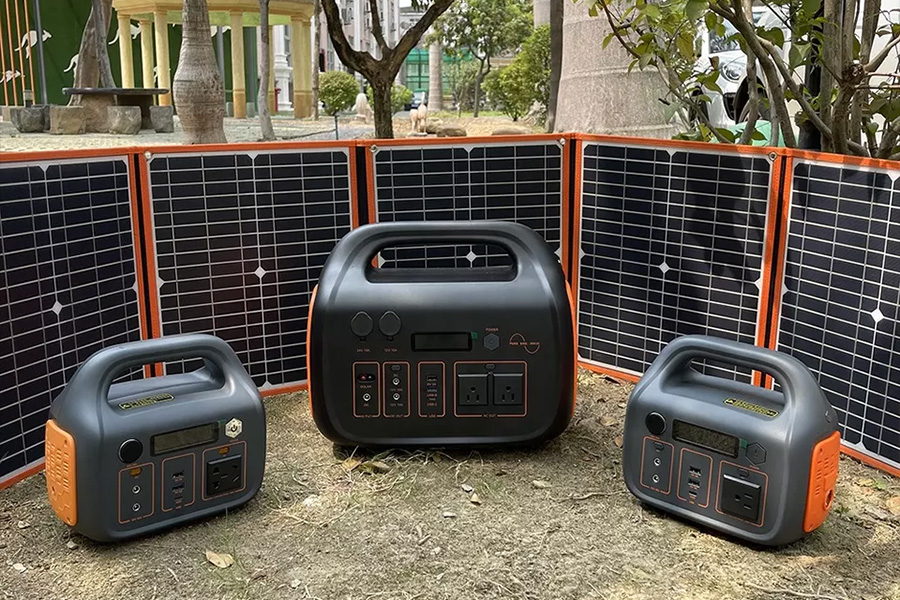
3 outdoor portable power stations for family camping
Before choosing a portable power station for the next family camping trip, it’s important to consider the different types that are available in the market.
Electric power stations
Electric portable power stations are the most common type for trailing and camping. They are similar to a large battery, operate like one, and can be charged from either a wall outlet or a vehicle charger. For example, they can draw their energy from a car lighter socket, which is great for vehicles that may not have a charging port.
Electric power units like the 140,000mhA charging station are best suited for low-demanding devices such as laptops, smartphones, tablets, and cameras. These portable power stations are equipped with 11 outlets and LED lighting, allowing family members to charge all of their devices at once. They even come with a lithium 18650 battery that lasts for more than 1,500 charges!
Solar-powered portable stations
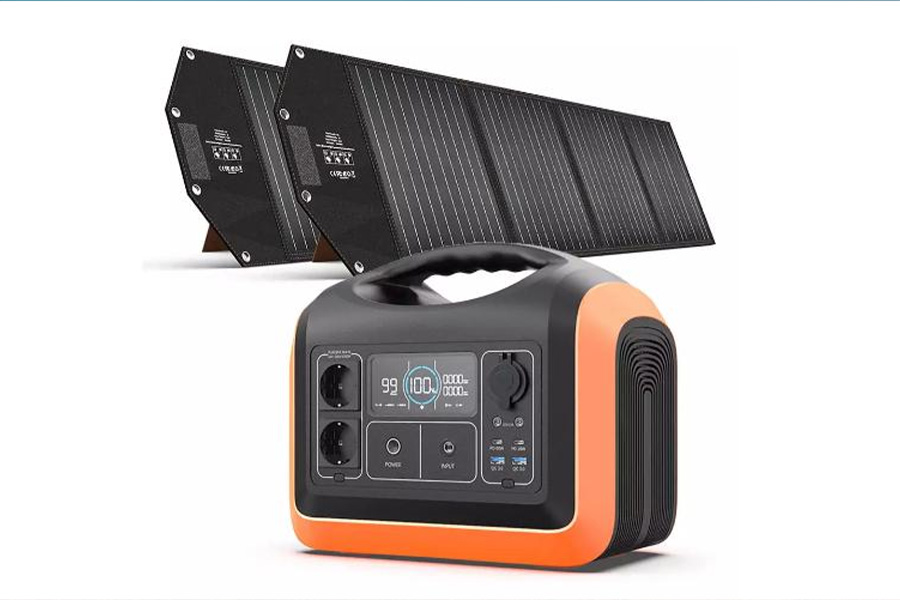
Solar radiation is clean, renewable energy that can provide power stations with hours of energy without the need for fuel or electrical outlets. Solar-powered stations, such as the 3000W solar generator, come with detachable solar panels that can be removed from the main unit and placed on a sunny surface for charging. Moreover, they come with a built-in smart battery management system to prevent over-discharge, overload, and short circuits.
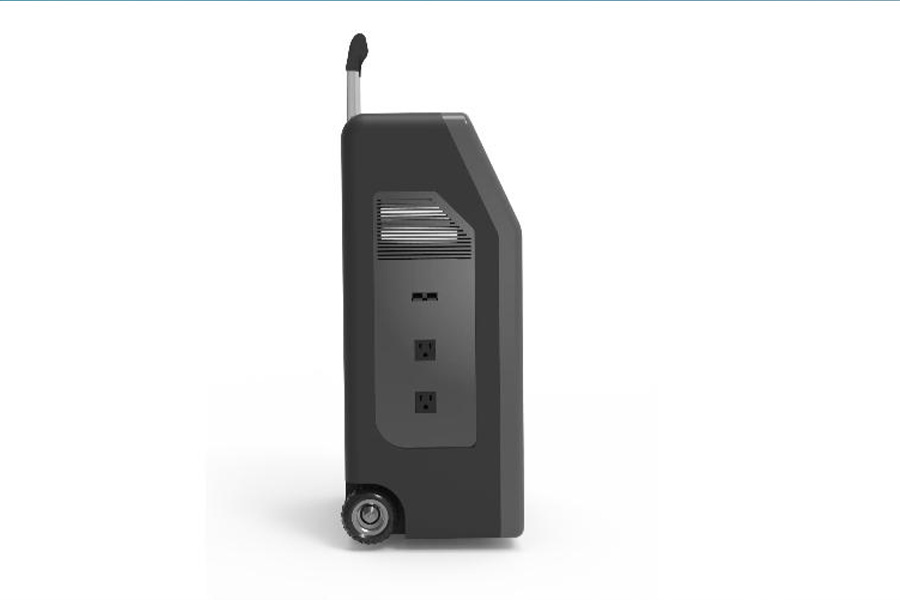
Solar-powered stations are great for camping because they are environmentally friendly, easy to use and maintain, and produce no CO2 emissions during operation. Some hybrid models, such as the wheel-driven power station and the 1000W solar generator, combine solar charging with electric charging. The solar panels are typically mounted on a portable cart or stand so that they can be easily moved around the campsite.
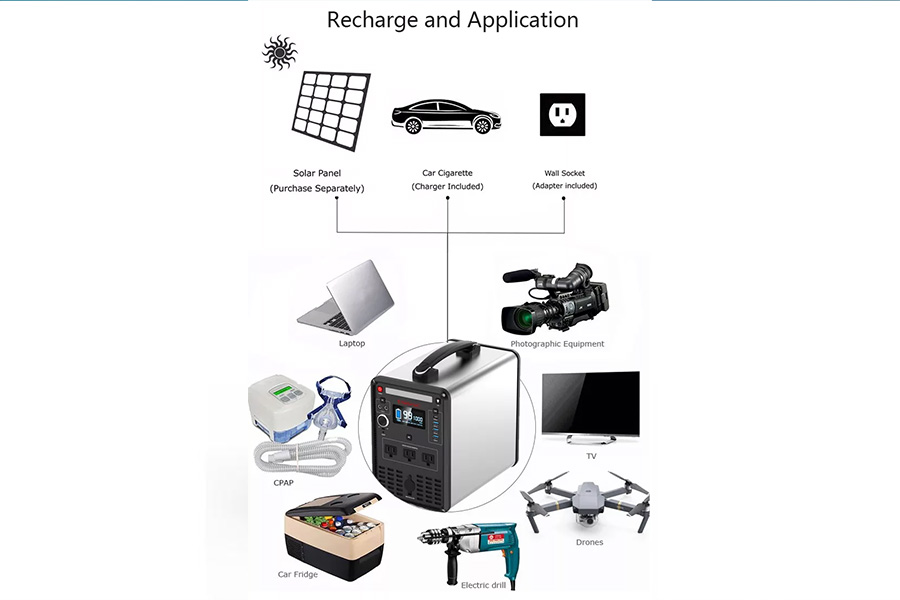
Gas-driven portable stations
Gas-driven portable power stations are the most powerful type, but they’re also the heaviest and noisiest. Their carbon monoxide and other harmful exhaust make them a less-than-ideal choice for family camping, but they can be a good choice for larger groups or those who need to run power-demanding devices like TVs, dishwashers, and refrigerators.
A great example of a gasoline-powered station is the AC backup power generator, as it features 2800 watts of continuous power and a double air duct system that keeps it running at full capacity even in extreme temperatures. It includes a built-in inverter that converts DC into AC to safely charge electronics such as phones and laptops while in the tent or RV.
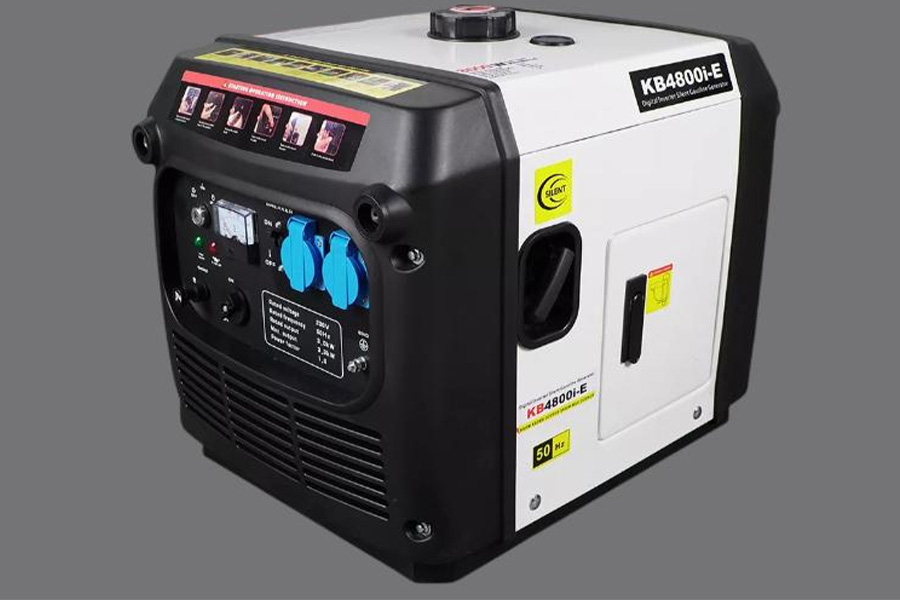
Portable power stations can change the camping experience
The thought of camping can be an exciting prospect for many families, especially if they head off the beaten track and explore a new area. Whether it is used to charge smartphones, run a fan for the tent, or power up the grill, having access to electricity is a great plus when it comes to camping—and there’s no better way to get that than with an outdoor portable power station. To help you get started, here is a curated list of ready-to-ship portable stations!




